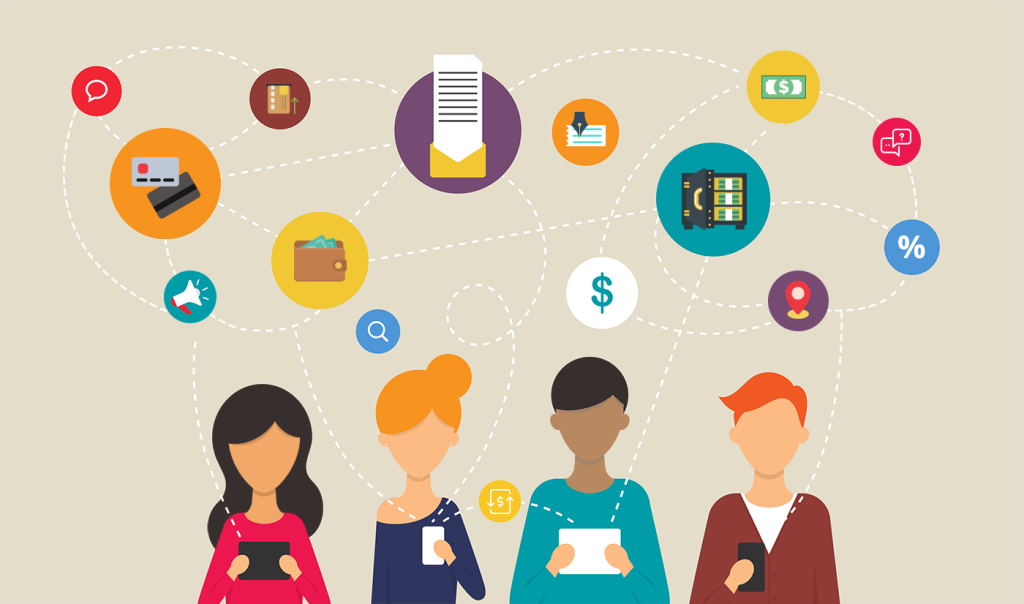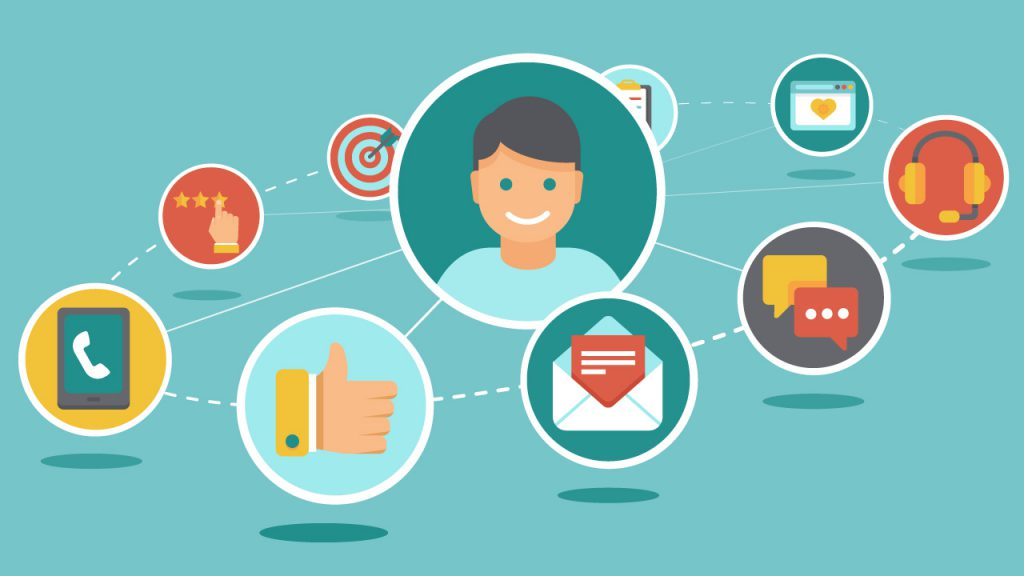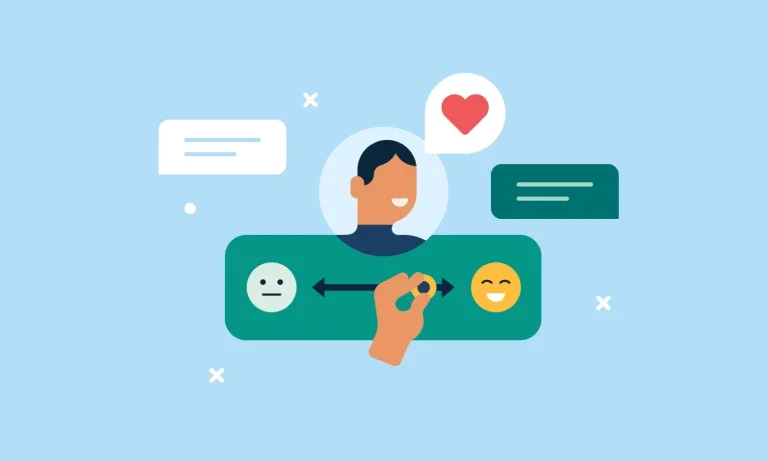In the business – to – business (B2B) landscape, omnichannel marketing has emerged as a powerful approach. However, it comes with its own set of challenges. Let’s explore these hurdles and the strategies to overcome them.

I. Challenges in B2B Omnichannel Marketing
A. Complex Decision – Making Process
- Multiple Decision – Makers
- In B2B sales, there are often multiple decision – makers involved, such as managers, directors, and C – level executives. Each has different priorities and information needs. For example, a purchasing manager might focus on cost – effectiveness, while a technical director is more concerned with product features. Coordinating marketing efforts to reach and influence all of them through various channels can be extremely difficult.
- Long Sales Cycles
- B2B sales cycles are typically long. The decision – making process may involve multiple stages, from initial research to product evaluation and final negotiation. During this extended period, maintaining consistent communication across all channels is a challenge. A lack of continuous engagement can lead to the loss of potential customers.
B. Data Integration and Management
- Diverse Data Sources
- B2B companies collect data from a wide range of sources, including CRM systems, marketing automation platforms, and industry – specific databases. Integrating data from these different sources in an omnichannel setup is complex. For instance, customer data from a sales team’s CRM might not be easily combined with marketing – generated data on website interactions.
- Data Accuracy and Consistency
- Ensuring data accuracy and consistency across all channels is crucial. Inaccurate data can lead to misdirected marketing efforts. For example, if a customer’s contact information is incorrect in one channel but not updated across others, important communication may be missed.
C. Channel – Specific Requirements
- Differences in Platforms
- Each marketing channel has its own unique requirements. A LinkedIn B2B ad campaign, for example, needs to be tailored to the professional nature of the platform. In contrast, an email marketing campaign to B2B clients requires a different tone and format. Adapting marketing content to fit these diverse channel – specific needs while maintaining a consistent brand message is a significant challenge.
- Limited Resources for Each Channel
- Allocating sufficient resources to manage and optimize each channel can be a struggle. Smaller B2B companies, in particular, may not have the budget or staff to effectively handle multiple channels. This can result in some channels being neglected, which impacts the overall omnichannel experience.

II. Effective Strategies for B2B Omnichannel Marketing Success
A. Personalized Content Marketing
- Understanding Customer Personas
- Develop detailed customer personas based on in – depth research. Identify the pain points, goals, and decision – making factors of different B2B customer segments. For example, if you’re selling software to small – business owners, create a persona that focuses on their need for cost – efficient solutions and ease of use.
- Tailoring Content to Personas
- Once personas are defined, create content that addresses their specific needs. This could include whitepapers, case studies, and webinars. For a persona interested in cost – savings, provide a case study showing how your product helped another company reduce expenses. Distribute this content across relevant channels, such as industry – specific websites and email newsletters.
B. Channel Integration and Collaboration
- Unifying Data Systems
- Invest in technology that can integrate data from different sources. Use a unified CRM system that can sync data from marketing, sales, and customer service. This way, all departments have access to the same customer information, enabling seamless communication across channels.
- Cross – Channel Campaign Planning
- Plan marketing campaigns that span multiple channels. For example, start a campaign with a LinkedIn ad to generate awareness, followed by an email drip – campaign with more detailed information, and then a webinar for in – depth product demonstrations. Ensure that each channel complements the others and that the customer journey is smooth.
C. Training and Resource Allocation
- Staff Training
- Train your marketing and sales teams on omnichannel marketing best practices. Teach them how to use different channels effectively and how to handle customer interactions across multiple touchpoints. For example, train customer service representatives to provide consistent information whether they’re answering a phone call or responding to a chat message.
- Optimal Resource Allocation
- Analyze your resources and allocate them based on the performance of each channel. Focus more resources on channels that drive the most leads and conversions. For example, if you find that your B2B blog is generating a significant number of high – quality leads, invest more in content creation and promotion for that channel.

In conclusion, while B2B omnichannel marketing presents challenges, by implementing effective strategies like personalized content marketing, channel integration, and proper training and resource allocation, B2B companies can achieve success in their omnichannel endeavors.



